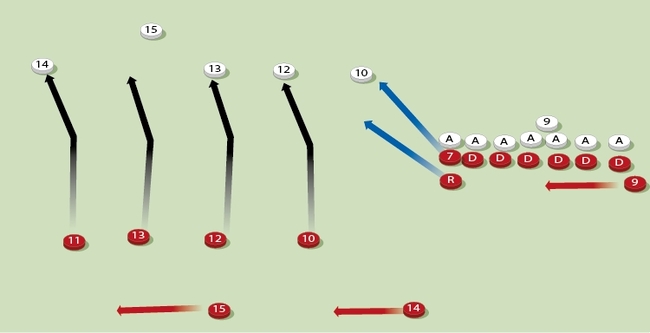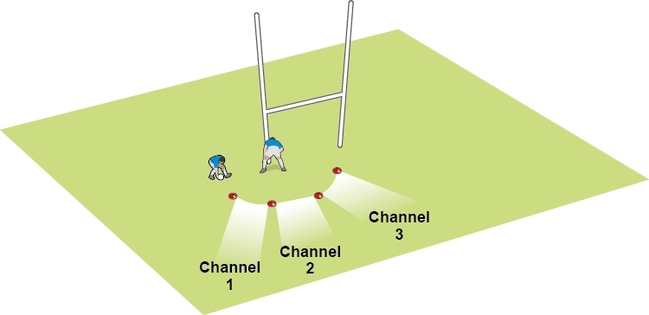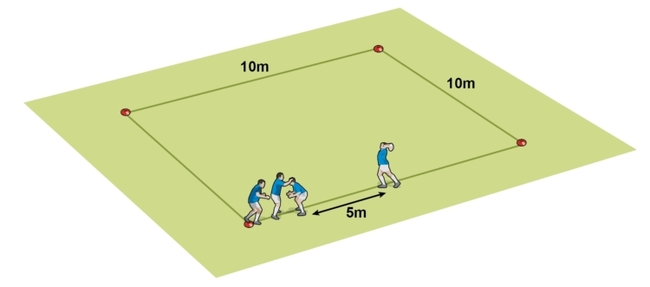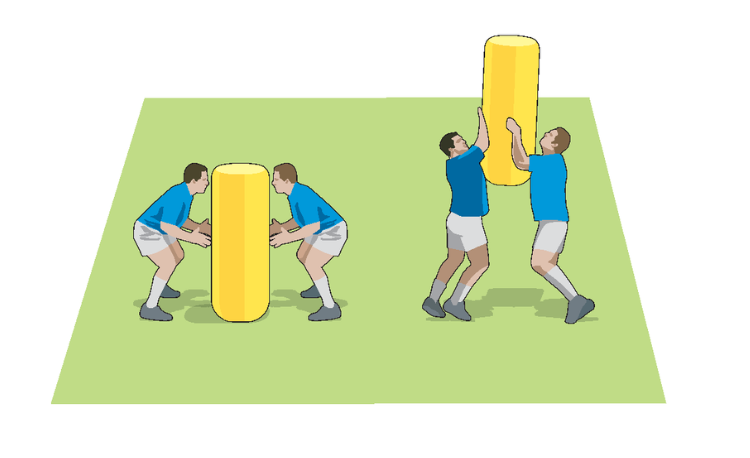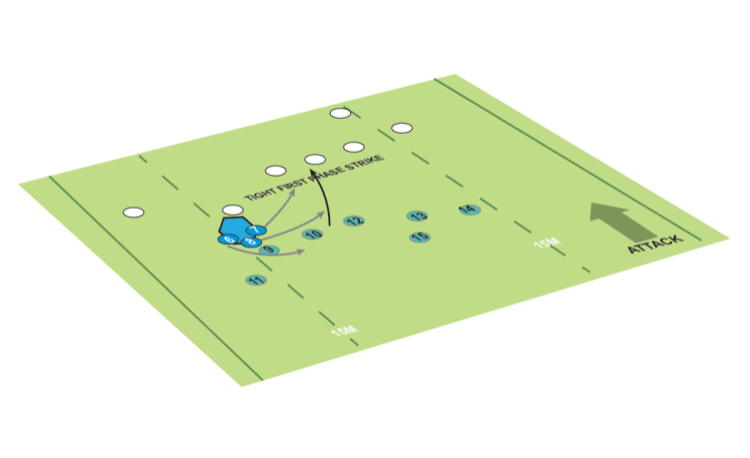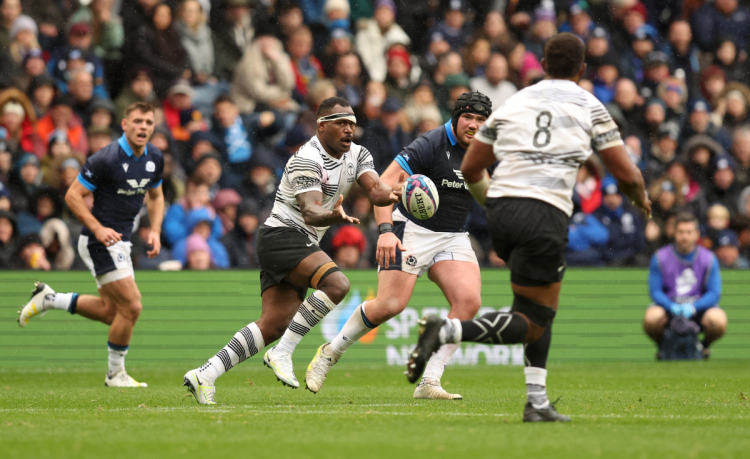Defending the front lineout ball
Pressurise opposition lineouts by making their front ball a risky option. You need to combine speed, accuracy and anticipation to read their movements and beat them to the throw. Here’s how…
DEFENDING FRONT BALL
I have spent a lot of time watching and learning from the South Africans, who are among the best exponents of the art of the lineout. One of the ways they add pressure on the opposition front jumper is to have their front lifter standing at 45 degrees to his own jumper and facing in towards the opposition
That means the defending jumper will effectively be closer to the 5m line and more likely to have his inside shoulder in front of his opposite number and has more chance of the getting up in front of his opposition number.
- The front jumper starts “loaded” (hips and knees bent, ready to explode).
- He jumps forward and across focusing on speed.
- He aims to get one hand to the ball, and if not, certainly in the line of sight.
- The back lifter has to chase the jumper to help him up.
In defence, since if you have the hooker in the line (and 9 in the hooker channel), I would have two props lifting the front jumper and the hooker and say one of the flankers lifting the middle jumper. This very much depends on what defensive lineout structure you are working with and what the opposition are doing with their attack.

THE LOADED JUMPERS
Speed off the ground is essential to beat opposition players into the air. That can depend on how the jumper “loads” before the jump.
From my research of South African lineouts and jumpers, I can see that they are using specific techniques to generate momentum to get into the air more quickly and more explosively. In the last 5 to 10 years in NZ, the “little tick” terminology has been used to describe players’ jumping technique.
Little ticks refer to jumpers using as few angles as possible at the ankle, knee and hip joints – as well as the arms to propel themselves into the air. Theoretically, this means that opposite jumpers have little or no time to react to cues from the attacking jumper and therefore he wins the race into the air.
Contrary to this – there is terminology to describe players who use large angles at the ankle, knee and hip (and arms) – these are called "big ticks". These are generally players who actually jump off the ground, using big arm pumps, a short sharp hop with as little contact time on the ground as possible.
There is no right or wrong with these two different techniques but we have been using the big-tick approach which has been derived from watching the South Africans and we are having a good amount of success using it.
LITTLE TICKS V BIG TICKS

Some coaches like the jumper to have a little bend at their hips and knee joints in particular, so they can get into the air quickly without alerting the opposition. However, learning from the lineout experts in South Africa, a bigger set of “ticks” at those joints means the jumper is more powerful, easier to lift, and gets into the air quicker and higher.
Related Files
Newsletter Sign Up
Coaches Testimonials

Gerald Kearney, Downtown Las Vegas Soccer Club

Paul Butler, Florida, USA

Rick Shields, Springboro, USA

Tony Green, Pierrefonds Titans, Quebec, Canada
Subscribe Today
Be a more effective, more successful rugby coach
In a recent survey 89% of subscribers said Rugby Coach Weekly makes them more confident, 91% said Rugby Coach Weekly makes them a more effective coach and 93% said Rugby Coach Weekly makes them more inspired.
Get Weekly Inspiration
All the latest techniques and approaches
Rugby Coach Weekly offers proven and easy to use rugby drills, coaching sessions, practice plans, small-sided games, warm-ups, training tips and advice.
We've been at the cutting edge of rugby coaching since we launched in 2005, creating resources for the grassroots youth coach, following best practice from around the world and insights from the professional game.




